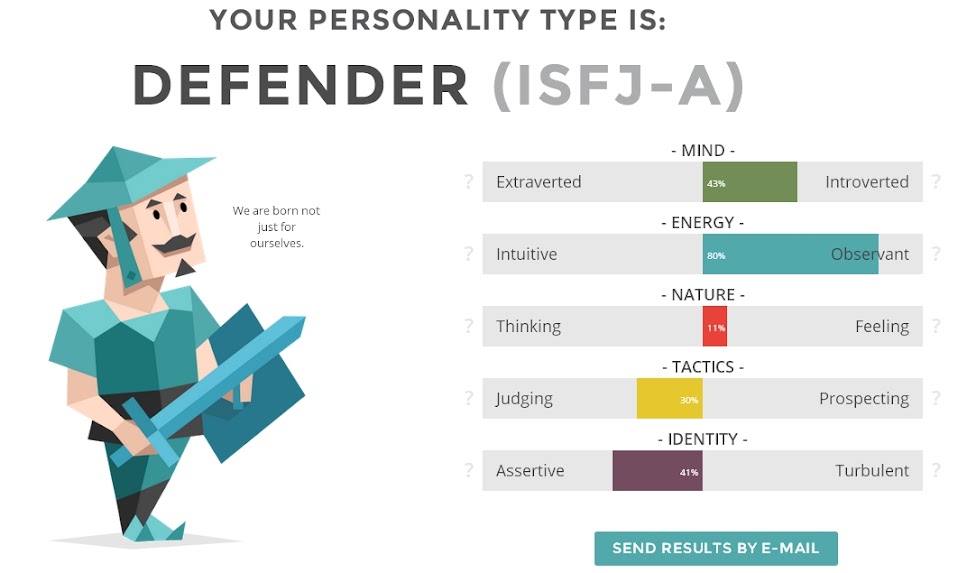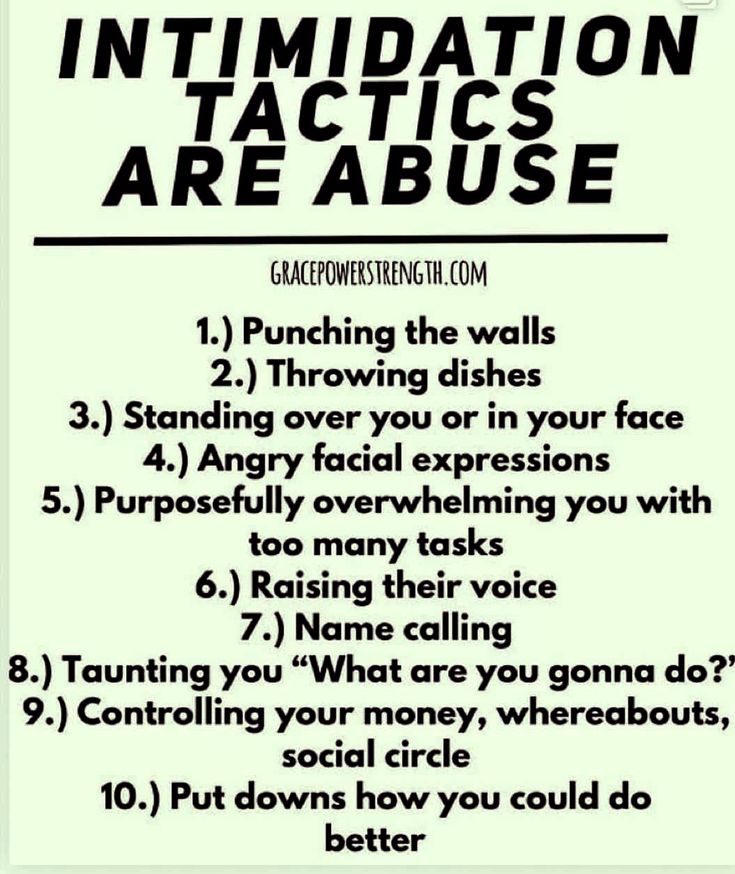Steamroller personality type
What To Do If Your Partner Has A Steamroller Personality
What Is A Steamroller?
“Steamroller” is a term used to describe a person who uses aggression to control others and get their own way. You may know more than one person in your life who fit this description but it can be especially troubling if one of these people is your partner.
In this guide, we will cover:
- warning signs that your partner has a steamroller personality
- how to deal with a steamroller
- how to manage living with a steamrolling partner
It may not be immediately obvious that your partner falls into the category of “steamroller”. Here are some telltale signs to look out for:
- Steamrollers tend to dominate every conversation.
- They talk over you (often loudly).
- They are often angry and aggressive.
- They have little no regard for your individuality (they may get angry when you show signs of separateness)
- They try to control you and your feelings.
How To Deal With A Steamroller
Steamrollers can often be difficult to live with, particularly if you find it difficult to stand up for yourself. However, there are some steps you can take to help the “steamroller” recognise what they are doing:
- Use firm body language when speaking to them (plant your feet firmly on the floor, maintain good posture and keep your arms relaxed by your sides).
- Show you’re not intimidated by maintaining good eye contact (make sure you do this in a way that is natural and non-aggressive)
- When they interrupt you, ask them to stop. Then either continue what you were saying or start again.
- Let them know if you don’t agree with them.
- Don’t be afraid to question what they are saying and ask them to explain their viewpoint.
Remember that steamroller personalities often come about when someone believes their partner is an extension of them. Implementing these actions will help remind them your partner you are your own person, with your own thoughts, opinions and feelings.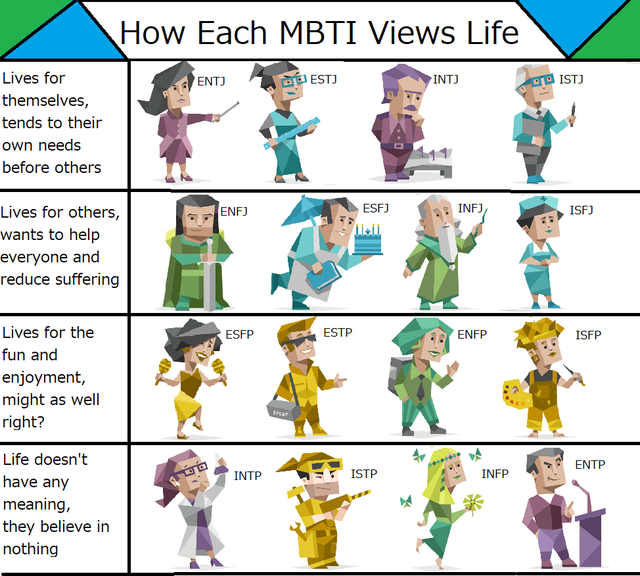 In some cases this could be enough for them to recognise that their behaviour needs to change.
In some cases this could be enough for them to recognise that their behaviour needs to change.
This is what one of our sexologists had to say, “Effective communication is the backbone of every relationship. Crisis or conflicts that couples experiencing in their relationship are often the result of breakdown in their communication. Couples who can listen and express their thoughts, feelings and needs truthfully, openly and actively to their partners, not afraid of having any difficult conversations, and feeling safe in sharing their vulnerabilities are more likely to have healthy and secure relationship.” – Law May Ortovent.
The Most Important Thing To Do When Living With A Steamroller
In addition to implementing the tips above, it is absolutely critical to stop fixing the problems that your “steamroller” partner creates. This can be tempting but when you do so, you are enabling their “steamroller” behaviour because they are not forced to face the problems they cause. The “steamroller” needs to experience the effort it takes to solve these issues. Forcing the “steamroller” to clean up the mess caused by their destructive ways could teach them to be less reckless.
The “steamroller” needs to experience the effort it takes to solve these issues. Forcing the “steamroller” to clean up the mess caused by their destructive ways could teach them to be less reckless.
1. Confide In A Friend
It may be helpful to confide in a close friend or family member if you feel like you need additional support and advice.
Having other people outside of your relationship that you can openly talk to is critical for both your mental health and a healthy relationship. These people may also offer advice that will have a positive impact on your relationship. However, remember to avoid sharing too much personal information about your partner.
Related: Overcoming Codependency in a Romantic Relationship
2. Work With a Therapist To Form A Plan
Recognise that healthy relationships don’t revolve around one person controlling the other. They involve acceptance of the other person and a lot of negotiation so both partner’s get what they need. However, it can be difficult to get to this point when your partner is a steamroller.
However, it can be difficult to get to this point when your partner is a steamroller.
Working with a therapist in marriage/couple’s counselling is one of the best things you can do for your relationship. A counsellor will work with you to help establish what degree of control is acceptable and what is not.
A psychologist can be especially helpful when dealing with this type of relationship dynamic as they help to make sure the viewpoints of both parties are heard.
Related: Tips for Successful Marriage Counselling – How To Prepare
Note: While having friends, family and a psychologist to confide in can be very beneficial, please seek help immediately if your partner is engages in abusive behaviour towards you and/or your kids.
24/7 Crisis Lines:
- Emergency 000: For immediate danger
- 1800RESPECT 1800 737 732: For issues related to sexual assault or/and family and domestic violence.

- Mensline Australia 1300 789 978: Support for men or boys dealing with relationship issues.
- Lifeline 13 11 14: For any one experiencing personal crisis or contemplating suicide.
Would You Like To Speak With One Of Our Psychologists?
New Vision Psychology can help with 4 convenient locations across Sydney and offers telehealth counselling to anyone in Australia.
Doormats and Steamrollers: the 2 Extremes and the Importance of Assertive Communication by Shelby Albright
Communicating clearly can be incredibly difficult, especially when emotions are involved. It can feel nearly impossible to get your point across when you are also trying to manage your feelings. Just take a moment to imagine with me: you come home after a difficult day, and your partner says something that just doesn’t quite sit right with you, but you cannot figure out why. You then try to speak up for yourself, but your point comes across as harsh or insensitive, which was NOT your intention. The next thing you know, both of you are overwhelmed by this simple misunderstanding and in a full-blown argument. But you can’t seem to understand where you went wrong in trying to communicate a simple boundary. Maybe the answer lies in HOW you tried to speak up for yourself.
The next thing you know, both of you are overwhelmed by this simple misunderstanding and in a full-blown argument. But you can’t seem to understand where you went wrong in trying to communicate a simple boundary. Maybe the answer lies in HOW you tried to speak up for yourself.
Boundaries are tricky. There is a delicate balance between speaking up for yourself and respecting someone else. Let’s talk about the two extreme types of boundary-setters.
Doormats: the passive communicators. These are the people who struggle to set any boundaries at all. This may come from feeling guilty for speaking up for yourself, or maybe they believe their feelings are less important than others’. They may feel like everyone takes advantage of their generosity, or maybe they feel easily manipulated. For the “doormats,” boundaries are almost non-existent: backing down easily to avoid conflict; not speaking up for themselves; being indirect and unclear about expectations; being overly apologetic.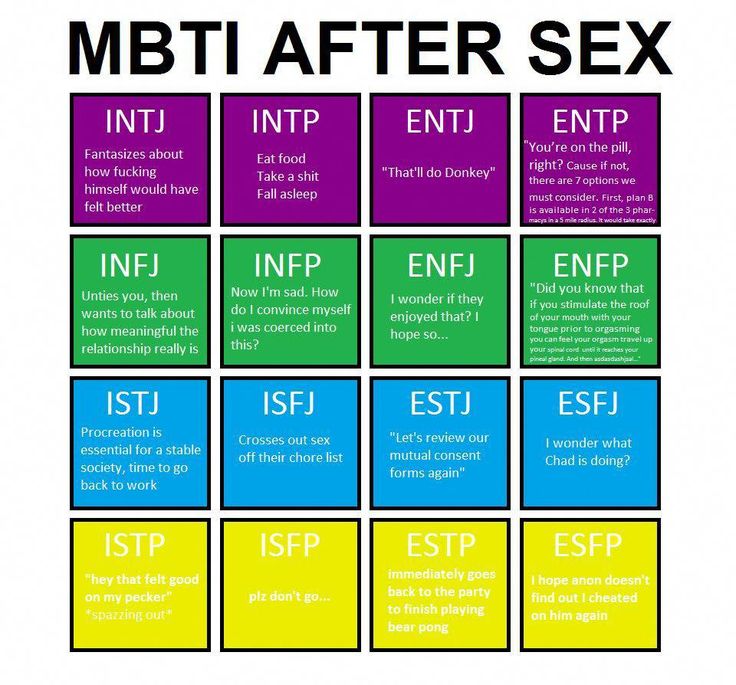 The concept of saying “no” to a loved one seems selfish, but this also leaves them feeling powerless in their relationships.
The concept of saying “no” to a loved one seems selfish, but this also leaves them feeling powerless in their relationships.
Steamrollers: the aggressive communicators. These folks may seem to have too many boundaries, which are non-negotiable, even when they may cause pain to others. Social rules are set in place and will be respected at all costs, even if that means the loss of a relationship. This may be the result of feeling disrespected, defensive, or unheard, which leads to blaming, attacking, and controlling others. It may seem difficult to get a word in edgewise with a “steamroller,” because they may interrupt or yell to get their point across. Saying “no” comes very easily, to maintain control over their feelings and others’ behaviors. Their words are often hurtful and inconsiderate.
You may have heard the term “passive aggressive” before; maybe someone has used that term to describe you at some point, or someone you love. This term describes a disconnect between words and behaviors, like when someone says they agree with you, but they seem angry or resentful.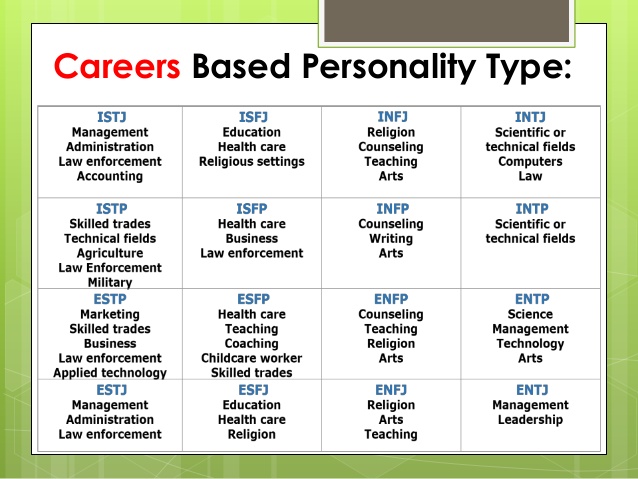 The easiest example is the use of the word “fine,” like when someone agrees to a request but seems unhappy about it, maybe crosses their arms, rolls their eyes, or their tone feels inappropriately intense. Their words and behaviors do not add up, and often seems to be an attempt at manipulation.
The easiest example is the use of the word “fine,” like when someone agrees to a request but seems unhappy about it, maybe crosses their arms, rolls their eyes, or their tone feels inappropriately intense. Their words and behaviors do not add up, and often seems to be an attempt at manipulation.
Working toward using assertive communication is complicated, so I like to think of boundaries on a number scale. 0 represents passive communication, while 10 symbolizes aggressive communication. Assertiveness, which is the goal, would be a 5. It seems that people tend to use one extreme or the other. When you become aware of your own tendencies and try to create healthier changes, the number starts to shift toward 5, but you may shoot past your mark (5), and fly over to a different type of unhealthy communication. In attempting to correct your mistake, you may return to your original preset and feel frustrated, like you failed at your attempt, so why bother?
Here are a few suggestions to help focus your efforts more clearly:
- Be respectful – if someone feels attacked, they are less likely to listen to what you have to say.
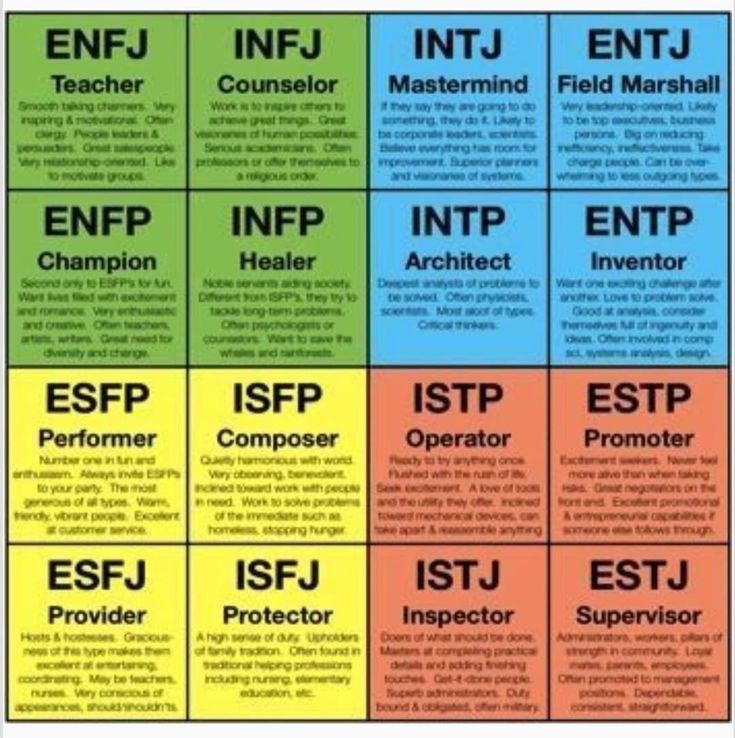
- Be clear and direct – facing the conflict head-on will help create a dialogue; think through what you want to say. Find the core of the message you want to communicate.
- Be concise – keep it short to reduce the possibility that they will misunderstand.
- Take your time – there is no time limit on communicating your needs. You may feel pressure to respond immediately, but if you’re still feeling emotional about it, you are less likely to stay calm while setting a boundary.
If you struggle to come up with a healthy response, consider using examples in your own life to process your options. Think through possible responses from friends and relatives if they were in the same situation; some of them may be unhealthy, but spend some time thinking through what specifically makes it unhealthy. Use fictional characters or celebrities if you like. If you can create 5 different responses, you can narrow down your options to the most assertive choices and adjust the response to fit your personality.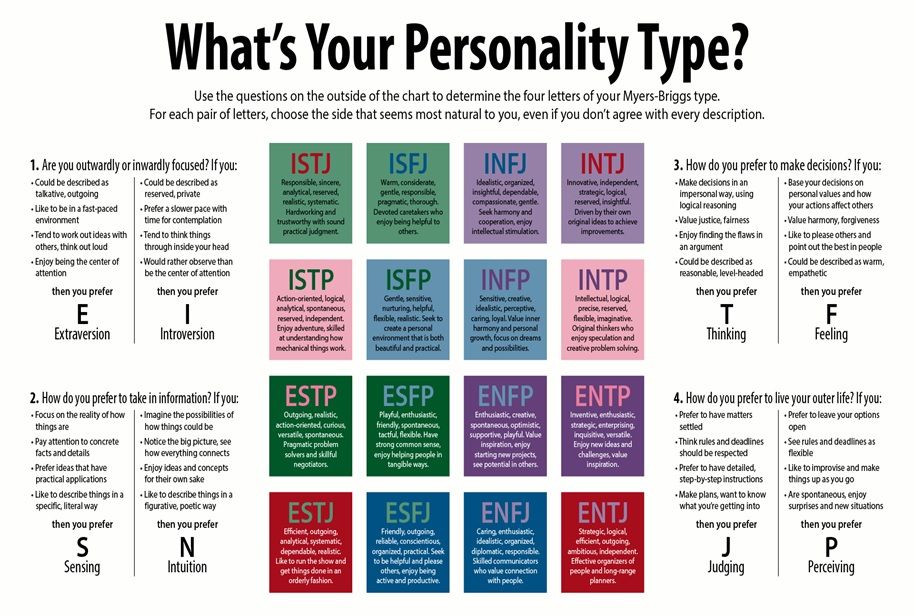
Remember that speaking up for yourself and expressing your needs is ALWAYS acceptable. The challenge is finding a respectful way to communicate that also gets your point across. Making healthy changes will feel scary, vulnerable, or even rude, but pushing through that discomfort can lead you to create secure, honest, empathic relationships.
Conflict personality types and strategies for dealing with them
Conflicts in teaching practice
Part II. Conflict personality types and strategies for dealing with them
Jenny Graham Scott (1991) believes that each person, depending on life experience, has his own classification of difficult people in communication. He cites one of the classifications proposed by Robert M. Bremson, which includes such types of people as “aggressives”, “complainers”, “silent”, “super-accommodating”, “eternal pessimists”, “indecisive” (stoppers), etc. However, no matter what classification we adhere to, the main thing is to find out the characteristics of a communication partner and choose, in accordance with this, strategies and tactics when interacting with him.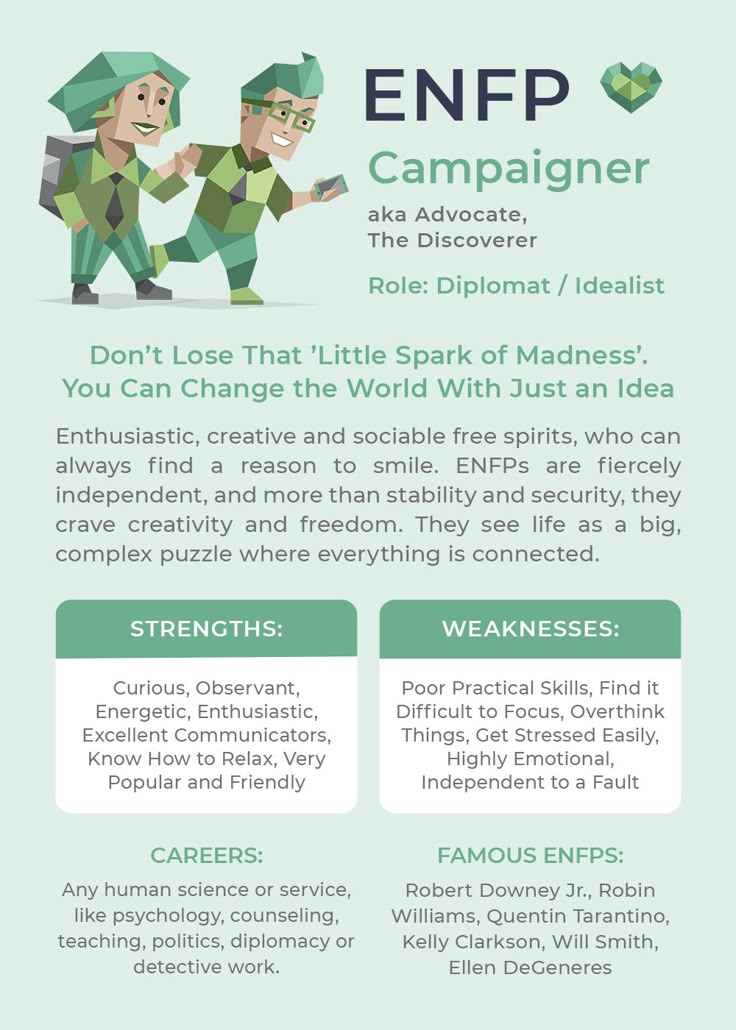
D. Scott argues that success will also depend on whether you manage to control your own emotions and give vent to the emotions of a communication partner: "Do not take insults personally, do not fall under the influence of a difficult person."
He also gives recommendations on how to communicate with specific "difficult" types of people, but we must keep in mind that in life there are more likely to be people who have a set of features of several types. Therefore, the following classification proposed by the author is conditional.
"Steam roller". People of this type believe that everyone should yield to them, they are convinced that they are right. The main threat for them is the undermining of their image, so they can behave rudely, unceremoniously because they are afraid of a mistake, after which their image will be undermined. Therefore, when communicating with such a partner, if the subject of the dispute is not very important to you, it is better to use such methods of escaping the conflict as evasion or adaptation.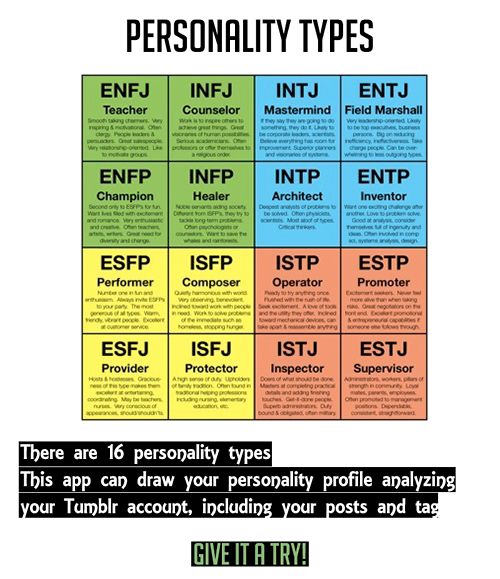 By yielding to such a person in small things, you will help him calm down. If you decide to fight for your rights, it is advisable to let the "steam roller" let off steam, reduce emotional stress. Do not cross him at this time. And then calmly and confidently state your point of view, in no case criticizing his approach, otherwise, instead of a constructive solution, you will provoke a hostile attitude towards yourself. The fury of the "steam roller" can only be suppressed by one's own calmness.
By yielding to such a person in small things, you will help him calm down. If you decide to fight for your rights, it is advisable to let the "steam roller" let off steam, reduce emotional stress. Do not cross him at this time. And then calmly and confidently state your point of view, in no case criticizing his approach, otherwise, instead of a constructive solution, you will provoke a hostile attitude towards yourself. The fury of the "steam roller" can only be suppressed by one's own calmness.
"Hidden aggressor". Such people seek to cause us trouble through underhanded machinations. Moreover, they are quite convinced that they are right, that it is they who play the role of a secret avenger, that they restore justice. Sometimes their behavior is due to the fact that they do not have the power to act openly. If there are difficulties in communicating with such an “opponent”, if possible, it is better to avoid communicating with him, but if interaction is necessary, it is advisable to identify the specific fact of causing harm and tell such a person that you know that it was he who committed this or that action against you.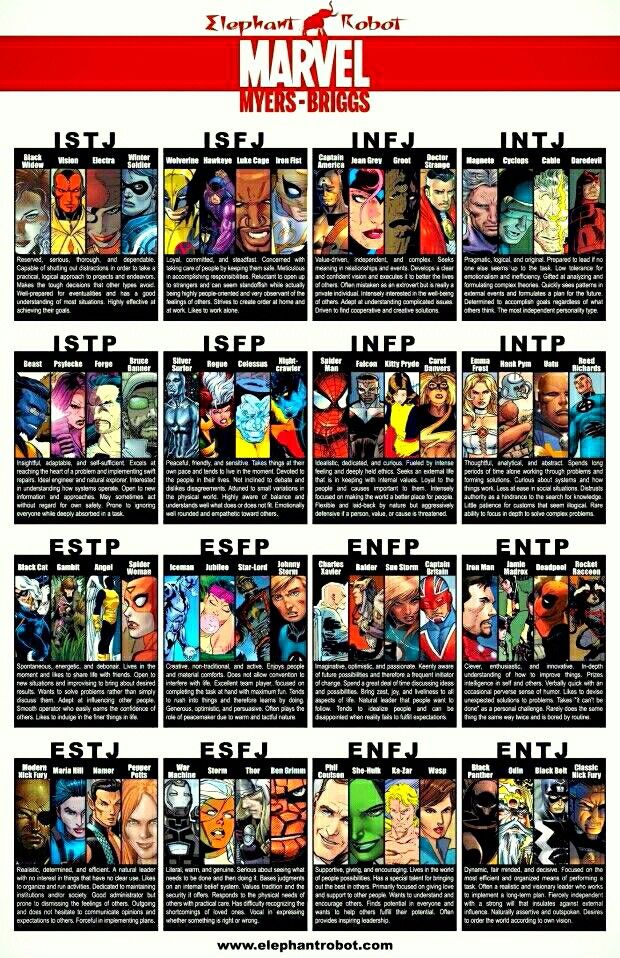 Give him evidence if he disputes your facts. However, keep calm, do not give him a reason for an aggressive attack. Once you've exposed him, try to identify the hidden reasons for this behavior. If you understand them, then it will be easier for you to come to a common decision. Perhaps he considers you a competitor, seeks to get something that is not at all necessary for you (for example, a position, an extraordinary vacation).
Give him evidence if he disputes your facts. However, keep calm, do not give him a reason for an aggressive attack. Once you've exposed him, try to identify the hidden reasons for this behavior. If you understand them, then it will be easier for you to come to a common decision. Perhaps he considers you a competitor, seeks to get something that is not at all necessary for you (for example, a position, an extraordinary vacation).
"Angry child". These people are not inherently evil, but from time to time they explode like children who are in a bad mood. As a rule, outbursts are also provoked by a feeling of helplessness, a fear that at the moment they are “leaving the ground from under their feet” and they are losing control of the situation. Whether it is a parent yelling at a teenage son, or a boss stomping on a subordinate, the cause of the outburst can be the same: the “angry child” is afraid of losing authority, power, afraid of not coping with the situation.
If you have no way to avoid contact with such a person, then it is best not to argue with him at the time of the outbreak, let him shout, convince him that you are listening to him. That is, he must be sure that he is still in control of the situation, this will calm him down. After the outbreak, he is likely to feel discomfort, embarrassment, remorse, so it is best not to focus on what happened, do not remind or reproach him for what he did. Move the conversation to solving the problem, do not insist on an apology to you, and if an apology followed without your request, accept it right there, without analyzing what happened. Helping to an angry child "to feel calm and confident again, thereby bringing both of you closer to the moment of a constructive solution to the problem.
Complainant. "Complainers", both realistic and paranoid (they complain about imaginary circumstances), are usually obsessed with some idea and blame everyone around them.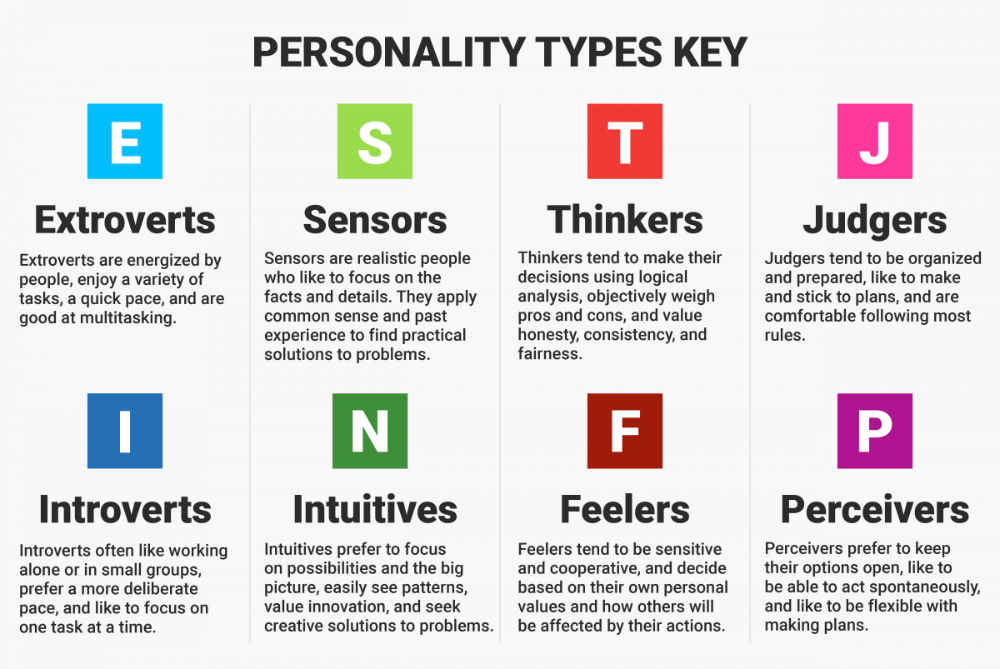 If the “complainer” is talking to you about someone else, you can either agree or argue with him. But it’s better to just listen to him first, and it’s not at all necessary to agree with what he says. Maybe the only thing he needs is to be listened to, and by doing so you will return to him a sense of his own importance. After listening, use the summary technique: summarize the essence of his complaint, let him know that you heard his words. Then it is best to move the conversation to another topic. If he returns to the topic of his complaint again and again, calmly and respectfully interrupt him, switch to solving the problem, and not to describing it. You can ask him: “What would you like to do in this situation?” Most likely, complainant "there is no ready-made prescription, then you will ask:" How can I help you? If the situation does not clear up here, try to figure out with him which particular person (or people) can help in this situation. For example, it can be a defectologist for a child, a family psychotherapist, a sports section coach, etc.
If the “complainer” is talking to you about someone else, you can either agree or argue with him. But it’s better to just listen to him first, and it’s not at all necessary to agree with what he says. Maybe the only thing he needs is to be listened to, and by doing so you will return to him a sense of his own importance. After listening, use the summary technique: summarize the essence of his complaint, let him know that you heard his words. Then it is best to move the conversation to another topic. If he returns to the topic of his complaint again and again, calmly and respectfully interrupt him, switch to solving the problem, and not to describing it. You can ask him: “What would you like to do in this situation?” Most likely, complainant "there is no ready-made prescription, then you will ask:" How can I help you? If the situation does not clear up here, try to figure out with him which particular person (or people) can help in this situation. For example, it can be a defectologist for a child, a family psychotherapist, a sports section coach, etc.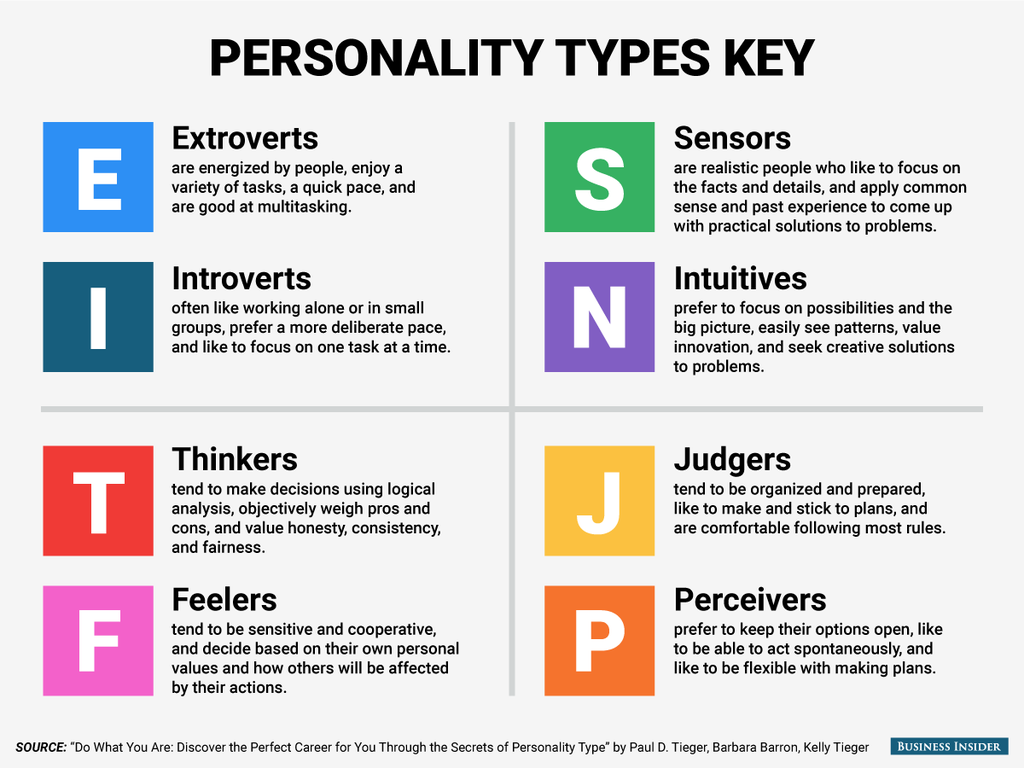
Silent. The reasons for the secrecy of such people can be very different (hostile attitude, poor health, natural introversion, etc.), and the success of your communication will depend on whether you know this reason. The best way to find out is to ask the “silent person” a few open-ended questions (for example: “What do you think about this?”). But do not go too far: if there are too many questions, the “silent person” can close even more, because your conversation will look like an interrogation. Moreover, it is necessary to take into account the possible natural features of a person: if he is usually not talkative and acts slowly, then when you ask him a question, do not rush him with an answer, do not push him (he needs more time to answer). If this person spoke to you, do not immediately try to fill in the possible pauses in the conversation in this case. Do not rush him, let him think and tell him everything he wants at a pace convenient for him. Otherwise, he is unlikely to want to continue communicating with you. The main thing when interacting with such people is a friendly attitude towards them.
The main thing when interacting with such people is a friendly attitude towards them.
Keep a sense of proportion: if you see that communication with you burdens the "silent person", do not insist, do not involve him in a conversation against his will. A variant is possible when you, thinking aloud, talk about the reason for the partner’s silence: “It seems to me that you are upset about something ...”. However, this method does not always help: if a person is uncomfortable with what you said, or you made a mistake in your assumption, he may stop communicating altogether.
"Super flexible". When we meet such people, they seem pleasant in all respects: they support any of our ideas, they always yield in disputes, trying to please everyone around them. But, as a rule, their words are at odds with their deeds: you rely on such a person, and at a crucial moment he lets you down, not fulfilling what he promised. If you are forced to communicate with such a person, tell him that the most important thing for you is truthfulness. Let him promise to do for you only what is really in his power. Explain that you will treat him better not when he agrees with you on everything and promises to help in everything, but when he tells you the truth about what he thinks and what he does. However, this person should see similar behavior on your part.
Let him promise to do for you only what is really in his power. Explain that you will treat him better not when he agrees with you on everything and promises to help in everything, but when he tells you the truth about what he thinks and what he does. However, this person should see similar behavior on your part.
Of course, the indicated typology is only conditional, and in life we are unlikely to meet a pure type of an “overly accommodating” person, a “hidden aggressor” or an “angry child”, etc. Therefore, our main task is to recognize a conflict personality, to respond on her actions in such a way as not to aggravate the conflict, but to try to come to a constructive solution .
In the practice of a teacher (as well as in communication between any categories of people), conflicts arise not only when interacting with “difficult” parents. Very often conflicts arise in situations where one of the parties tries to manipulate the other.
To be continued…
Conflicts in teaching practice
Part II.
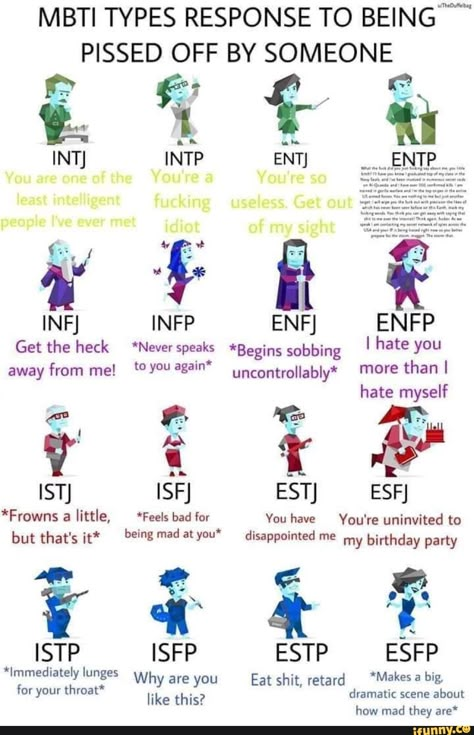 "Conflict personality types and strategies for dealing with them"
"Conflict personality types and strategies for dealing with them" Part III. "Manipulations in pedagogical practice and ways to counter them"
Types of conflict personalities and their characteristics, patterns of behavior or their termination. After some time, communication is resumed, and people communicate again until a conflict occurs again. Of course, it is extremely difficult to maintain a close relationship with such a person, and as a result, he is often ignored. Sometimes a person does not understand why they treat him like that. He does not notice any vices behind him and has no idea that he personally brought himself to loneliness. A person with similar patterns of behavior is a personality of a conflict type.
Types of conflict personalities and their characteristics
According to certain characteristics, 5 types of conflict personalities and their behavior patterns can be distinguished: a demonstrative type of conflict personality, a rigid type of conflict personality, an ultra-precise type of conflict personality, an uncontrollable type of conflict personality, a non-conflict type of conflict personality.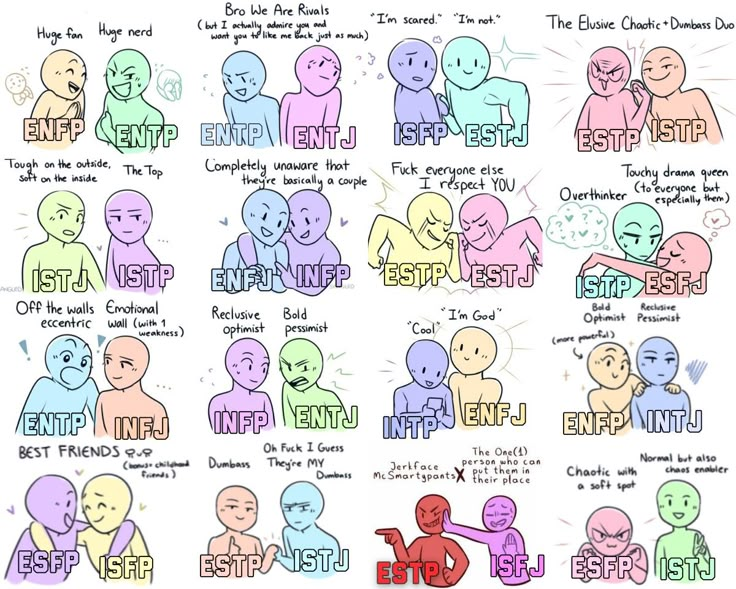
The demonstrative type of conflict personality is most often found in individuals with a choleric temperament type. Such people are special in that their element is conflict. They do not hesitate to express themselves in it, not paying much attention to the tone of their speech or its appropriateness. From an insignificant dispute, they can blow up a whole epic. In a serious conflict, they hold on tightly, courageously. The mood of this type of personality in a conflict is determined by how the opponent treats him.
Demonstrative conflict personality types will never accept the idea that they themselves are often the source of the dispute, they will always find the culprit. Such people are constantly surrounded by the public, they love popularity and attention, this increases their self-esteem, warms their vanity. They never sit long on one thing and are always in a hurry somewhere.
The rigid type of a conflict personality can be recognized by the fact that such a person absolutely does not know how to listen to others, and this is felt already in the first minutes of a conversation with him.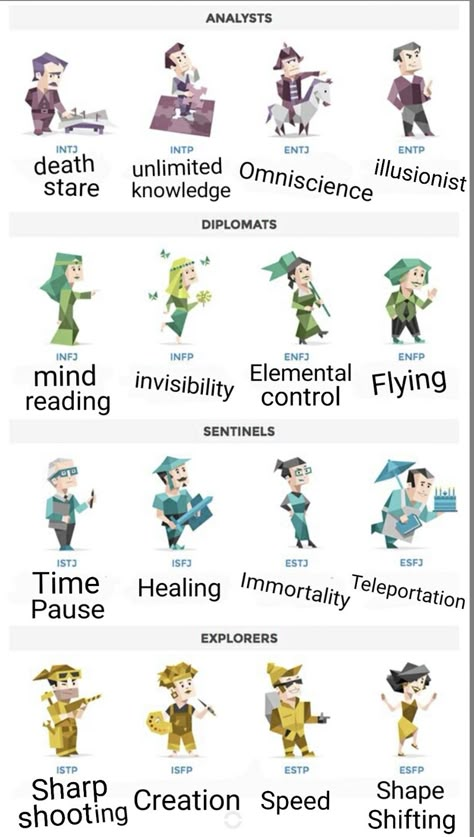 Understanding someone else's opinion and accepting the fact that it can be true for him is something incredible. He always says what is on his tongue, does not think about how appropriate it is in a given situation. If you express an opinion that is contrary to his principles, he will regard it as an insult and will remember it for a long time. A very vindictive person who does not know how to monitor his own actions.
Understanding someone else's opinion and accepting the fact that it can be true for him is something incredible. He always says what is on his tongue, does not think about how appropriate it is in a given situation. If you express an opinion that is contrary to his principles, he will regard it as an insult and will remember it for a long time. A very vindictive person who does not know how to monitor his own actions.
An uncontrollable type of conflict personality can be identified by the following behavioral characteristics: uncontrolled aggressive behavior towards others, high self-esteem, impulsiveness, unpredictability of actions. In a group, such an individual is treated with caution, being wary of his aggression. Often such a person is isolated from the team, because they do not benefit from their common activities, do not support the values of the group and their goals.
An ultra-precise type of conflict personality can be immediately recognized by picky behavior. He always tries to be precise, follow his own rules. Extremely concerned that everything is always done perfectly, sometimes it becomes even boring. He is very worried because he may not have time or not do something, punctuality is in his first place. All experiences, thoughts about possible failures, calculations lead to a state of increased anxiety, insomnia and neuroses. All these headaches come from the person himself, because of his excessive sensitivity, over-accuracy and suspicion.
He always tries to be precise, follow his own rules. Extremely concerned that everything is always done perfectly, sometimes it becomes even boring. He is very worried because he may not have time or not do something, punctuality is in his first place. All experiences, thoughts about possible failures, calculations lead to a state of increased anxiety, insomnia and neuroses. All these headaches come from the person himself, because of his excessive sensitivity, over-accuracy and suspicion.
A conflict-free type of conflict personality differs from others in that when a conflict situation starts, he tries to get away from it and shift his responsibility to someone else. This type is easily suggestible, it is not difficult to force him to change his mind, since he strongly takes into account the opinions of others. He makes his decisions without looking at their future prospects, without thinking about the consequences. You could say he lives in the moment.
In addition to the considered types of conflict personalities, there are others.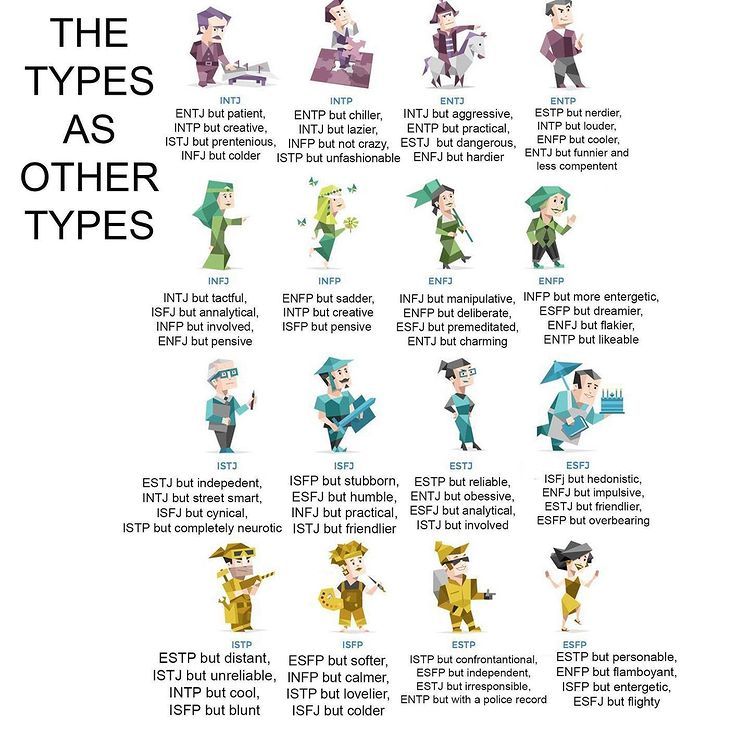 There are also people who are maximalists, they want everything they need, they demand it in abundance, even if it is not useful to them later. In addition, they are very nervous if they do not get what they want right away. There is such a type of people as “eternal pessimists”, it is very difficult to be in constant communication with them, you either need to have great patience or learn to ignore their statements. They see almost every situation in a negative light and predict failure in advance.
There are also people who are maximalists, they want everything they need, they demand it in abundance, even if it is not useful to them later. In addition, they are very nervous if they do not get what they want right away. There is such a type of people as “eternal pessimists”, it is very difficult to be in constant communication with them, you either need to have great patience or learn to ignore their statements. They see almost every situation in a negative light and predict failure in advance.
Another popular type of conflict personality is the “crazy”, such a name because of their contradictions in statements and actions. They like to promise something, but then take back their word, thus, they are unreliable colleagues.
It is important to understand one thing: all of the above types of conflict personalities and their behavior patterns, no matter how annoying with their behavior, deserve understanding and sympathy. These people have not become so good. Some situation had to happen in their lives that had a traumatic effect on their consciousness, and in response to this situation, a defensive reaction arose, because of which they behave in a similar way. In the course of an individual psychological consultation with such a client, analyzing his life, one can come to the reason that served as the formation of protective behavior. A person needs to understand that through strict self-control, programming his behavior and streamlining his thoughts, you can become a person who will be perceived as adequate and will be invited to his group.
In the course of an individual psychological consultation with such a client, analyzing his life, one can come to the reason that served as the formation of protective behavior. A person needs to understand that through strict self-control, programming his behavior and streamlining his thoughts, you can become a person who will be perceived as adequate and will be invited to his group.
Types of conflict personalities and strategies for dealing with them
If it happens that a person is forced to be in relationships with a conflict personality, he must know how to behave with this or that type so as not to waste all his internal resources and precious time on him . Only guided by a certain strategy of interaction in a conflict, it is possible to achieve the desired result. Many people waste their time, get annoyed, angry because they cannot understand the interlocutor, or they are annoyed by his person, and in this case the conversation becomes generally ineffective. Developing your powers of observation, having certain knowledge, you can recognize conflicting personalities from afar and then decide whether you need to deal with them, or you can still avoid talking.
The steamroller type is a very proud and arrogant person with a demonstrative demeanor. In the dispute itself, the subject of the dispute may not be as important as the fact that if he loses the conflict, he will worry about the state of his image. He can fiercely defend his position, even openly spouting nonsense, just so as not to give up. At the same time, emotions will overwhelm him. He likes to heat up the situation to make the opponent feel weaker and emphasize his own strength. At this moment, it is important not to follow his lead, because it makes no sense to argue with such a figure and respond with the same fury, because he will not listen to anything. He will only feed on the energy of a competitor, like an energy vampire. The best strategy in behavior is to remain calm. When a “steam roller” person does not see a violent reaction in response, does not encounter aggression, he calms down and his ardor cools down. He kind of lets off steam and calms down a bit. Only after the wave of such unbridled emotions has passed, and the enemy is exhausted, one can take the initiative and express one's opinion.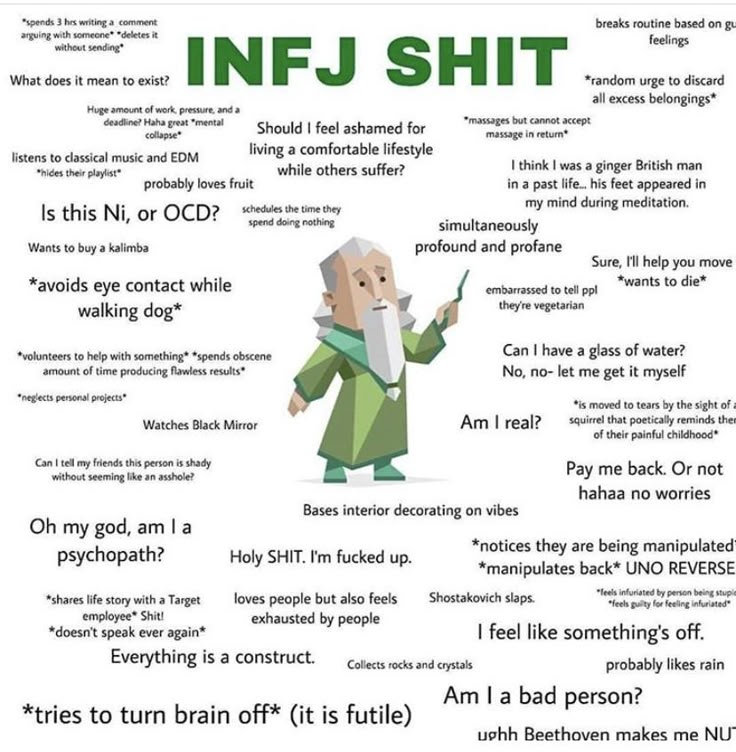 If the dispute is not of particular value, you do not need to waste your strength at all, it is better to avoid a skirmish.
If the dispute is not of particular value, you do not need to waste your strength at all, it is better to avoid a skirmish.
The “hidden aggressor” type of conflict person manifests itself in the fact that he loves to live the life of other people more than his own. He is interested in everything that happens around other people, not finding his personal life as interesting. But most of all, they like not so much to discuss the lives of other people, as even to come up with new scenarios for their lives that never go astray. For no special reason, or simply out of dislike, or even out of boredom, such people make various setups, spread rumors about others. Although they themselves are sure that this is exactly what happened, that is, they themselves begin to believe in their own fictional fairy tale and take any lie for the truth. Often, when they do such things, they try to hide, as if acting undercover, so that they will not even be suspected or exposed, but sometimes they act openly, spreading their stories to everyone they know, which deliberately plunges themselves into conflict.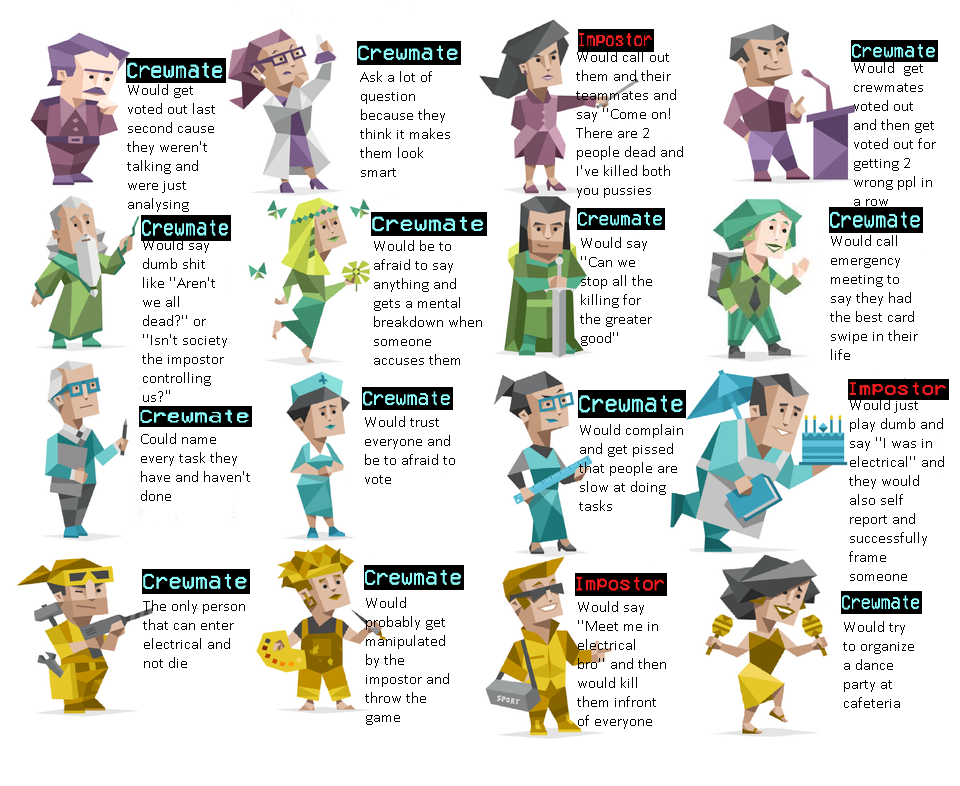 Faced with such a “aggressor in the shadows” face-to-face, first of all, you need to find out from him the reason for such actions, ask why he was so interested in the person of this particular person. If he will deny what he has done and react aggressively to the accusations, you need to bring him the facts that prove that it was he who did these bad things. It is important to keep your own calm, as in the case of the first type. If you still managed to find out the true motives of the actions of the "hidden aggressor", you can offer him to find a compromise. Most of these types act in this way out of envy of rivals, but it happens that they choose their victim for no particular reason, just the first one that comes across.
Faced with such a “aggressor in the shadows” face-to-face, first of all, you need to find out from him the reason for such actions, ask why he was so interested in the person of this particular person. If he will deny what he has done and react aggressively to the accusations, you need to bring him the facts that prove that it was he who did these bad things. It is important to keep your own calm, as in the case of the first type. If you still managed to find out the true motives of the actions of the "hidden aggressor", you can offer him to find a compromise. Most of these types act in this way out of envy of rivals, but it happens that they choose their victim for no particular reason, just the first one that comes across.
Angry child people do behave like small, irresponsible, dependent children. They do not know how to control their emotions and the situation in general. Very often they themselves are driven to the point that they lose their bearings in the current situation and, trying to find a way out, they begin to despair, and when they can no longer find a way out of the situation, they start to panic.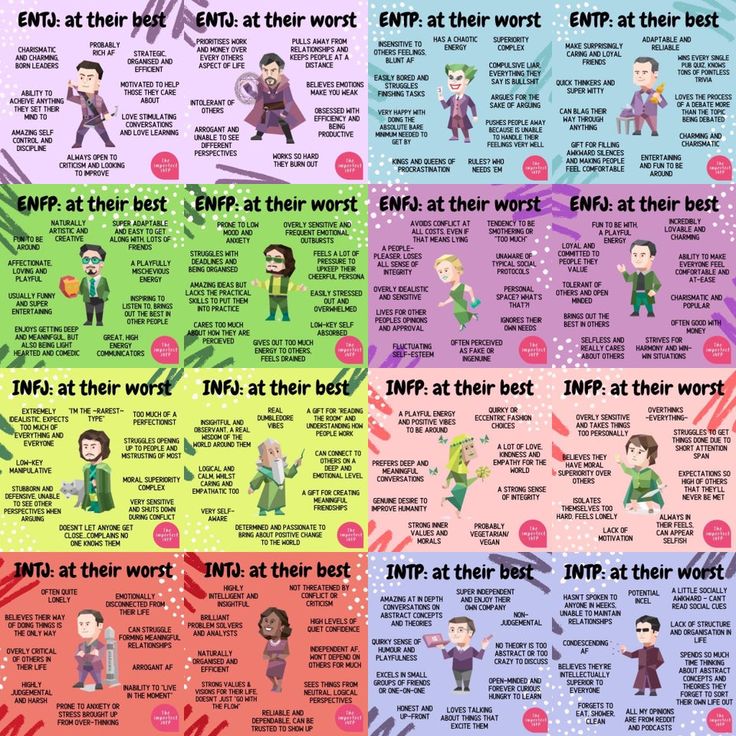 If such an individual is raised during a conversation, or if his desires are somehow oppressed, he immediately flares up with anger. Beneath this frenzy is actually the fear of losing authority. They are like capricious children who see that their power over their parents is getting weaker, and they are trying to educate them, they immediately pretend that they are the most unfortunate in this world and no one understands them, while either getting angry or trying to arouse pity . But if such behavior is still excusable for children, then adults can no longer do so. If you learn right away to identify a person with such a conflicting type, you can easily endure conflicts with him, simply by adopting the appropriate strategy. Such a strategy is to give a person the opportunity to speak, to pretend that they are listening and give time to calm down and recover from such strong outpourings of the soul. The main thing is to wait out the outbreak yourself with calmness and patience, accept apologies and repentance, if such follow, and not fix your attention on what happened.
If such an individual is raised during a conversation, or if his desires are somehow oppressed, he immediately flares up with anger. Beneath this frenzy is actually the fear of losing authority. They are like capricious children who see that their power over their parents is getting weaker, and they are trying to educate them, they immediately pretend that they are the most unfortunate in this world and no one understands them, while either getting angry or trying to arouse pity . But if such behavior is still excusable for children, then adults can no longer do so. If you learn right away to identify a person with such a conflicting type, you can easily endure conflicts with him, simply by adopting the appropriate strategy. Such a strategy is to give a person the opportunity to speak, to pretend that they are listening and give time to calm down and recover from such strong outpourings of the soul. The main thing is to wait out the outbreak yourself with calmness and patience, accept apologies and repentance, if such follow, and not fix your attention on what happened.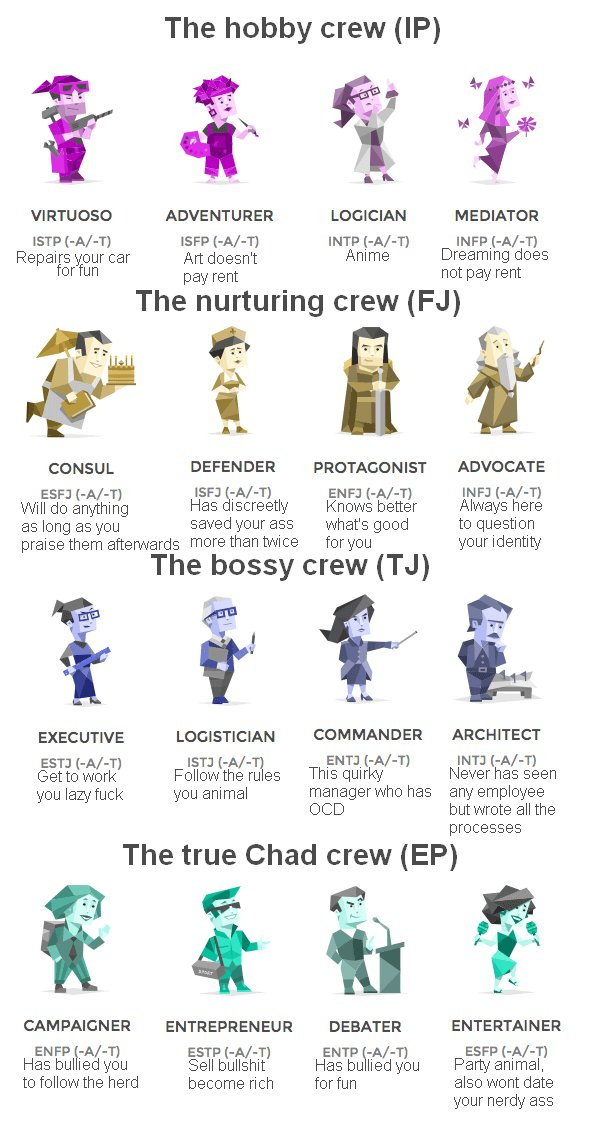 The “angry child” will still feel embarrassed, and will scourge himself with this, but such episodes will still be repeated.
The “angry child” will still feel embarrassed, and will scourge himself with this, but such episodes will still be repeated.
A “complainer” person always complains about someone and something, almost all his conversations are accompanied by whining and bad mood. Almost all of his complaints have no real basis, and if they do, then they do not pose such a strong threat to his personality. In a conversation with such a person, you must first listen to him, if the monologue does not stop, you can try to rationalize his judgments. Such a tactic consists in telling him everything that he said, asking if there are really reasons to reason like that, if there are substantial grounds and how important it is for the person himself. You can also ask if you need help with this issue. Perhaps it will happen that a person will see the situation from the outside, take into account the new facts that have appeared and understand that this is not so important or scary as he thought. You can just go along all the time, pretend to be involved in the conversation, but in fact just wait until the interlocutor speaks out, sometimes it happens, that's all he needs.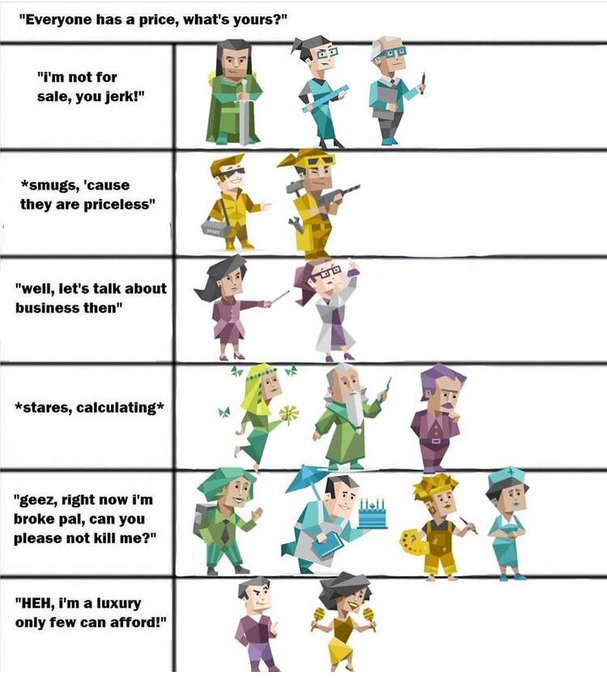
If you have to communicate with the type of "silent person", you need to be prepared for a long and monotonous conversation with a slow reaction of the interlocutor. The reason for this character of a person may be that he is an introvert by nature, or due to individual characteristics. His talkativeness may depend on the weather or mood at the moment. In communication, you need to give them time to think and speak. Very often such people have something to say, but they do not do it, believing that they will not be understood. Often behind this behavior is a desire to be mysterious, creating an aura of mystery around them. It happens that such people have very low self-esteem, and they are simply afraid to talk a lot so as not to attract a lot of attention to themselves. If, nevertheless, there is a conversation with such a silent person, you need to gradually extract information from him, it is better to think over the structure of the conversation for yourself so as not to say too much and not burden the interlocutor with this.